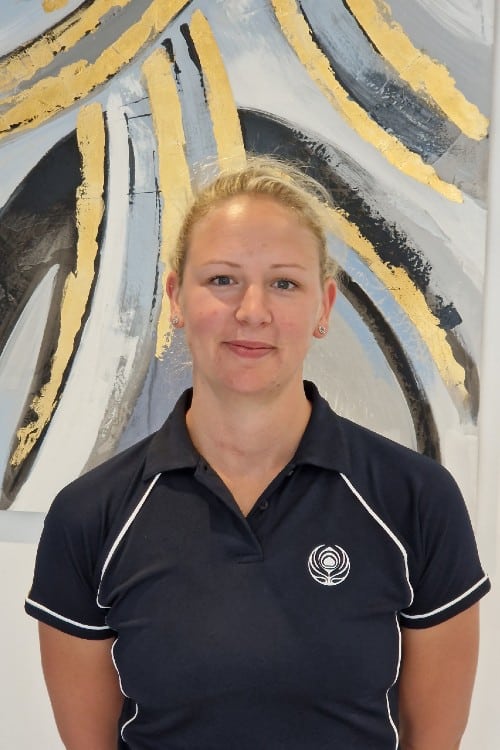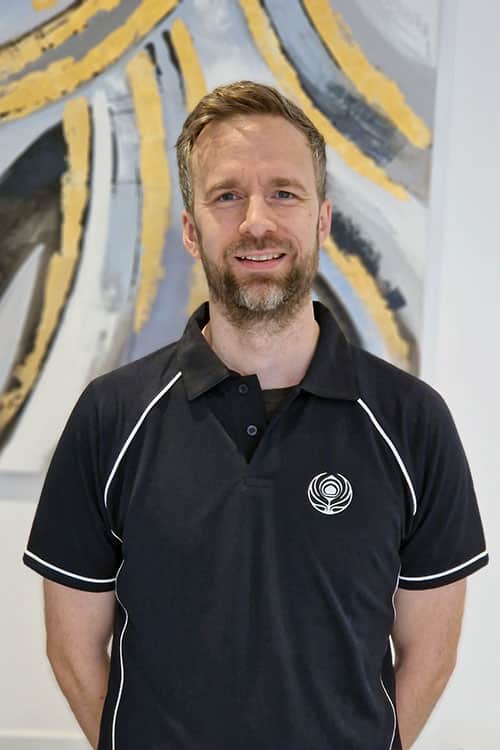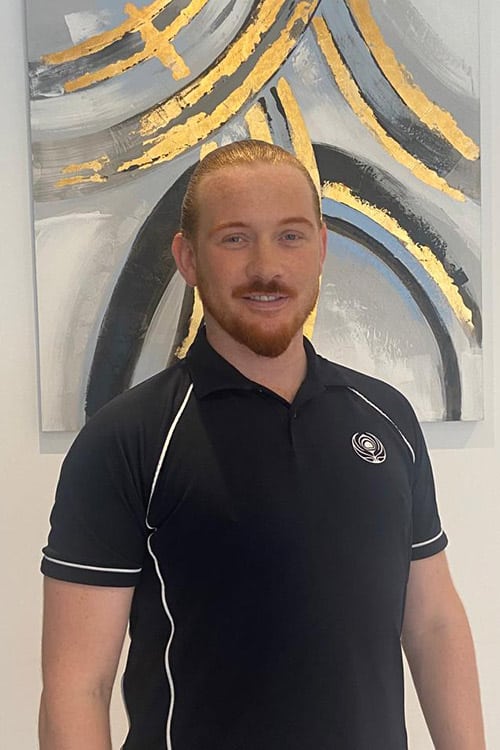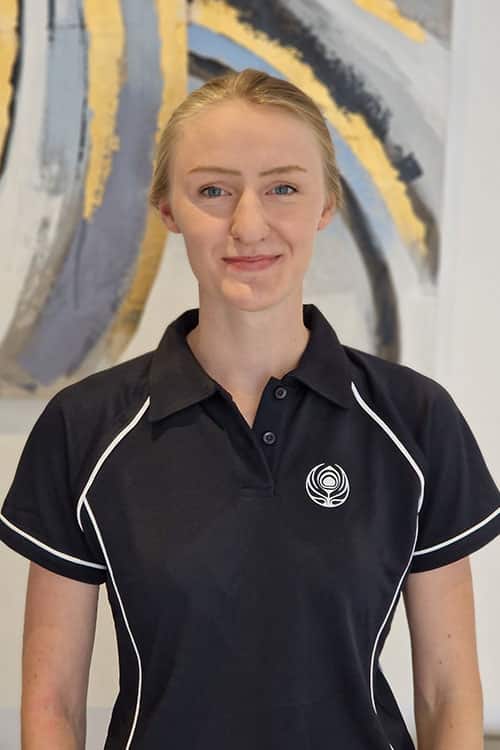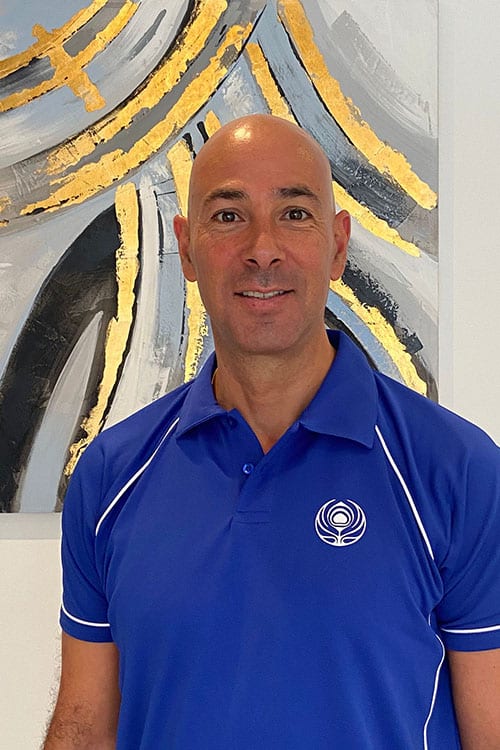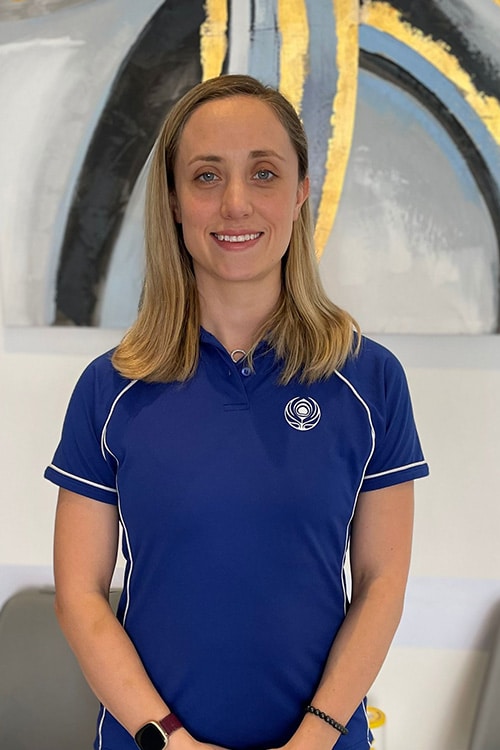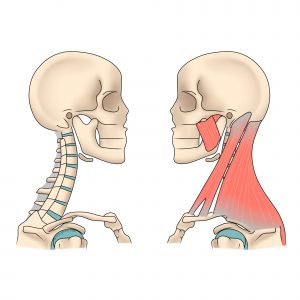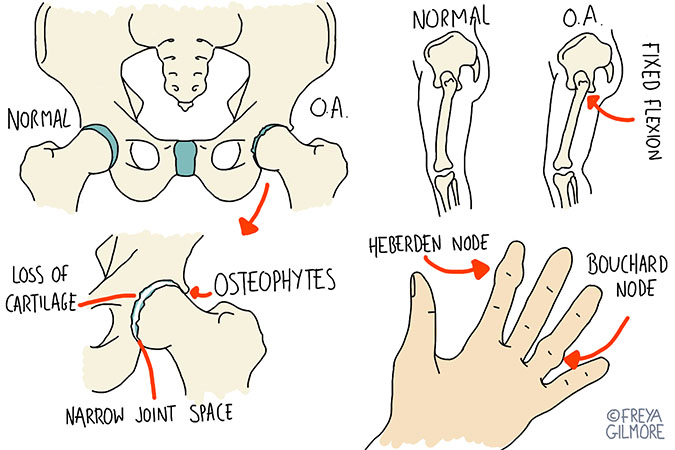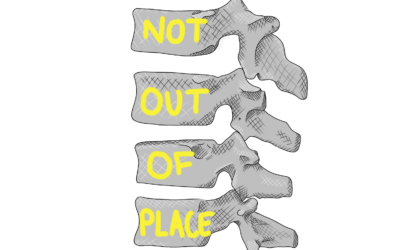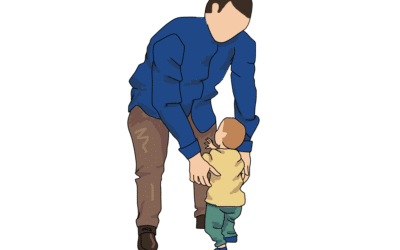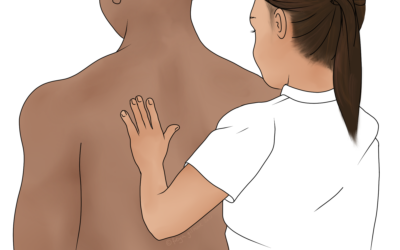Joints affected by osteoarthritis can be painful. Unfortunately, adapting your movement to avoid the pain only serves to let the joint become more arthritic. Your osteopath can help with your arthritic pain.
Osteoarthritis is the “wear and tear” arthritis that commonly develops as we get older. When the cartilage of a joint surface becomes unhealthy, it can degrade and become less smooth. This is experienced as pain, stiffness or creakiness on movement, and locking. Your osteopath can diagnose osteoarthritis, or refer you back to your GP for further investigation if it seems unclear.
Beyond the arthritic joint itself, nearby muscles tighten up to try and protect the joint too. It is difficult to help the joint without relaxing the affected muscles first.
Chronic Arthritic Pain
Generally speaking, the longer a pain has been present, the harder it is to manage. Pain that has lasted over three months is classed as chronic pain, but there are two branches to this. Sometimes the brain will continue to perceive pain after an injury, even when the injury itself has resolved. This is primary chronic pain, where something has gone wrong with the processing. Often pain is magnified (hyperalgesia), or non-painful things become painful (allodynia).
Chronic pain from arthritis is usually secondary. This is because the cause of the pain is still there. The pain itself might not feel very different to when you first noticed it, beyond maybe being a bit more intense. Hyperalgesia and allodynia are less likely. However, it is still possible that the nervous system is reacting differently now that the pain is considered long term. If this is the case, it will be important for your osteopath to treat the nervous system as well as the arthritis and nearby muscles.
Advanced Arthritis
As osteoarthritis progresses, the joint becomes more damaged. There will be a point at which there is not a lot of cartilage left to treat, and it may be time to consider another approach. The specific approach will depend on the specific case, but may be anywhere from a local injection to a full joint replacement. If your doctor agrees that your arthritis does need a stronger management strategy, that does not necessarily mean you won’t still benefit from osteopathy.
After an operation, you expect to have some help with rehabilitation. But it also makes sense that your outcomes may be improved by taking extra care before: with PRE-habilitation. By treating the joint and local area in the run up to surgery, you can get yourself into the best condition possible with the aim to make recovery easier. Waiting lists for surgery can be long too, so if your treatments keep you moving on a weekly basis, you are welcome to keep having them.
There are some joints that can’t be replaced. The joints throughout the spine can develop arthritis too, and sometimes the strongest treatment that can be offered for them is an injection. Pain is more complicated than simply the state of a joint- if you feel the benefit from your osteopath or exercises, you are not obliged to stop.
Osteopathy for Arthritic Pain
Your osteopath will assess your body as a whole, looking for patterns that may have led to the arthritis. They will also be looking for any compensations your body has made in response to the arthritis.
When looking to provide pain relief for an arthritic joint, your osteopath will work both locally to the joint and further afield. Improving movement in the joint is often the most beneficial thing that can be done. The best outcomes arise from a combination of hands-on treatment in clinic as well as exercises for you to do at home. Treatment itself may at times be uncomfortable, but it should not be painful.
You can make an appointment online now for your arthritic pain.

